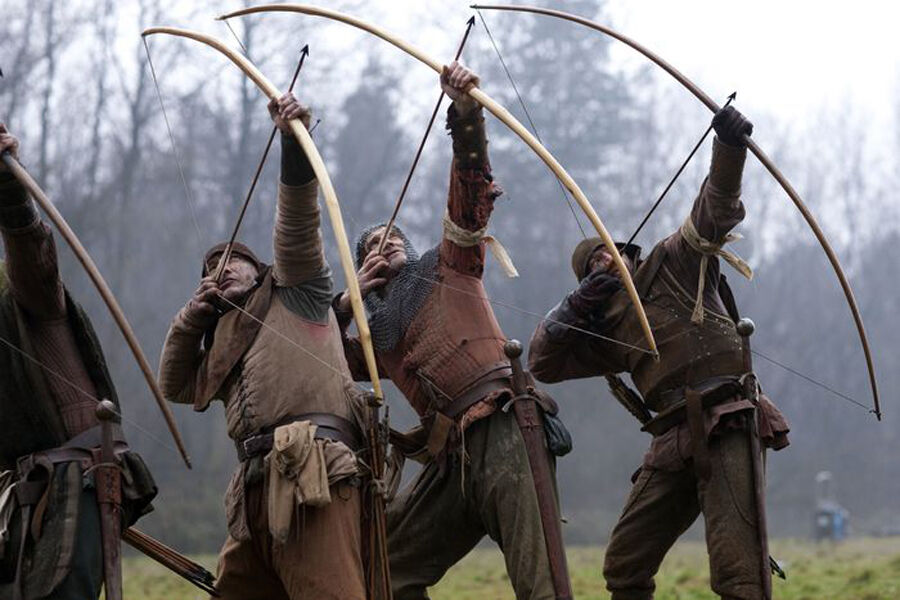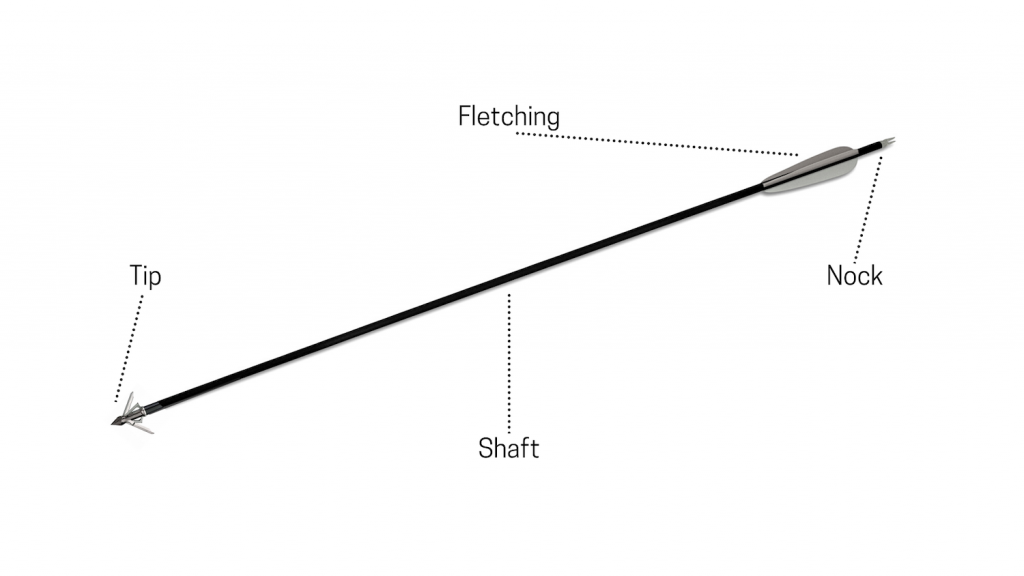Choose the right material
- Carbon: these arrows dominate the market these days and for good reason. Carbon arrows are lighter, faster, penetrate better due to their smaller diameter and carbon doesn’t bend like aluminum.
- Aluminum: These arrows are a great option if you are not concerned with speed and want a heavier arrow. Aluminum arrows are quieter out of the bow and allow a wider range of spine choices.
- Aluminum/Carbon: these arrows combine the best qualities of carbon and aluminum, and combine them into one. These arrows are extremely durable and the small diameter and thick wall of carbon in the middle provide consistent arrow flight, spine, straightness, and increased penetration.
- Fiberglass Arrows: Though not very common on the target range or in the woods, fiberglass can be a great shaft for bowfishing or youth archery. The big reason is they are extremely strong. The price can be more affordable and the weight is the heaviest of all arrow shafting options.
- Wooden Arrows: Wood arrows fly quieter than hollow carbon and aluminum arrows, as wood arrows are constructed from a solid material. Weight can vary depending upon the type of wood the shaft is from.
Choosing the right arrow spine
Arrow manufacturers offer a spine chart that details their arrows’ stiffness. Typically, the higher the number, the weaker the spine. Common spine ratings are 300, 400, 500, and 600, with 300-spine arrows being the stiffest.
Are you planning on target shooting? Maybe your goal is to be a bowhunter? The answers to these questions can be a big influence on which material you should use.
It is normally recommended for a traditional bowhunter to have 8 to 10 grains for every pound of pull weight. Example: A 50# bow (at your draw) should be close to a 500 grains (including point and fletchings) arrow. You can check with your bow manufacturer to see how light you can go, but if you can’t find the information from them, then it is best to go no less than seven (7) grains per pound (a 50# bow would be 350 grains).
Another issue to consider is shaft diameter. The smaller diameter was developed for better penetration of the game and less wind drift on longer shots. Certain spines and sizes may only be available in specific diameters such as wood and aluminum shafts. Make sure to size field points and broadheads to the shaft. In some cases, the heads can be slightly larger than the diameter of the shaft but they should never be under-sized, as smaller heads will decrease penetration, slightly diminish accuracy, or even damage the shaft in a target.






